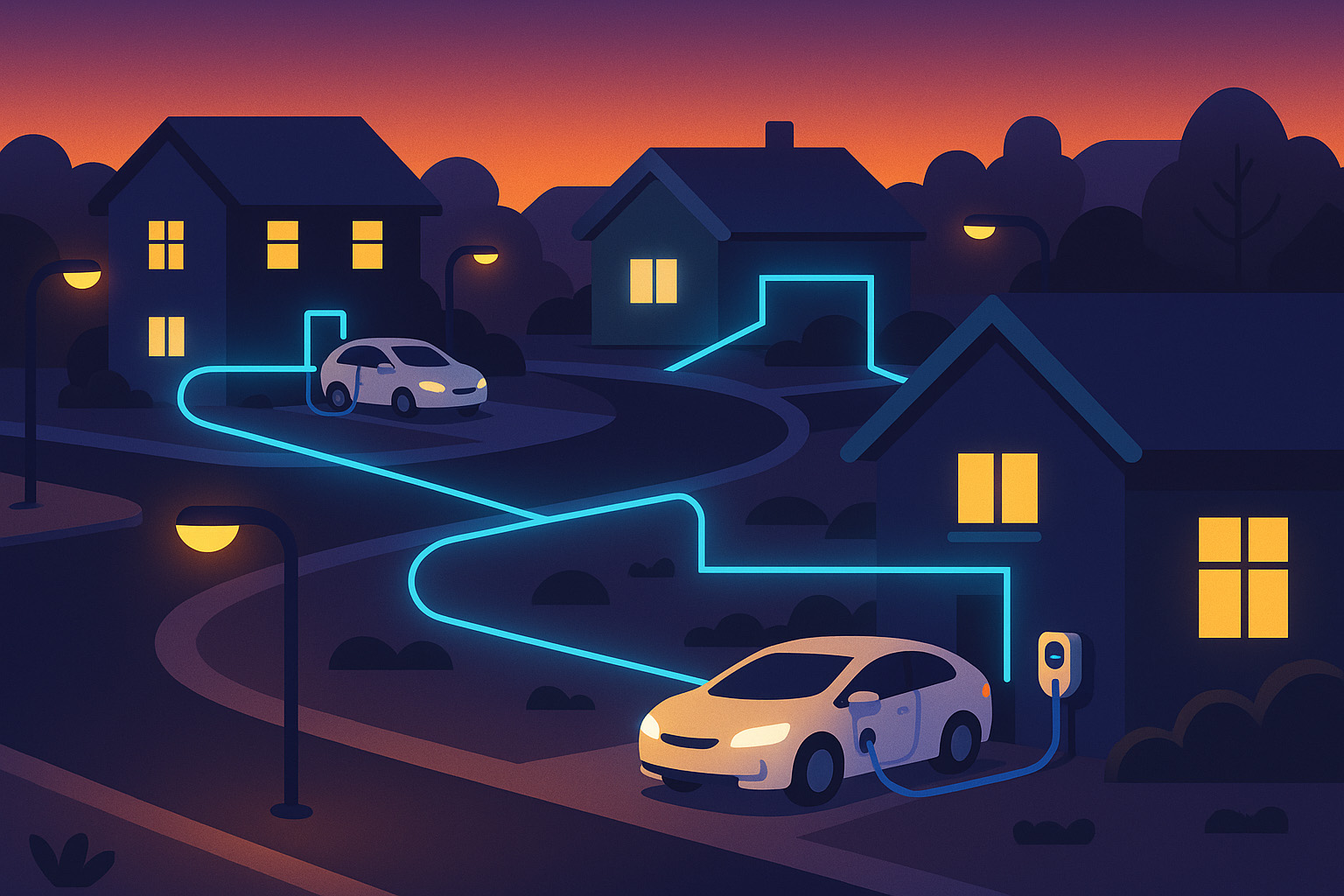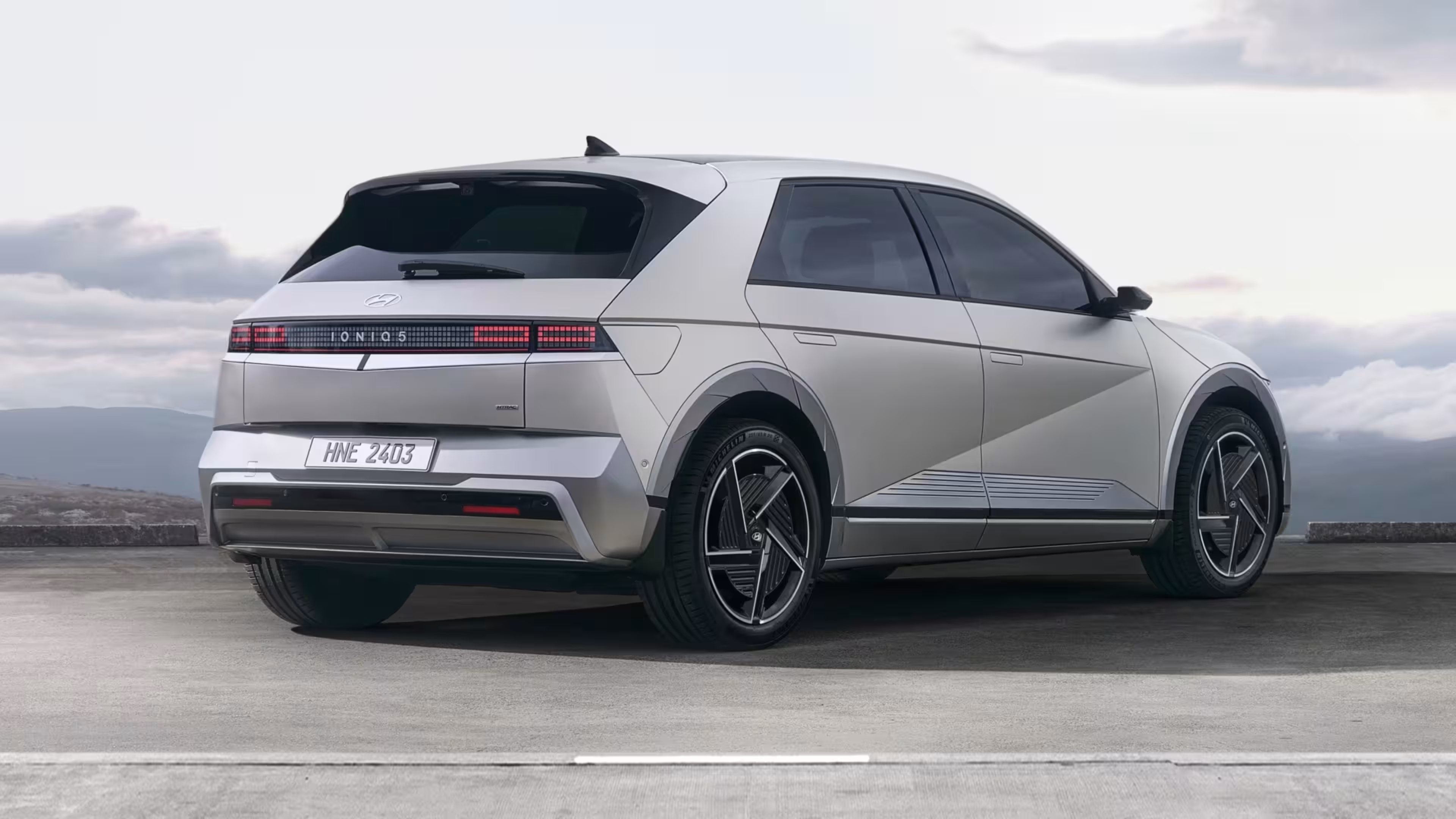After a meteoric rise, electric vehicle (EV) adoption has hit an unexpected stumbling block. Headlines are conflicted about the future of EVs, but a common thread emerges: the market isn't trending as many experts had predicted.
This shift has led automakers to reconsider their ambitious electrification plans, increasingly opting for a multi-powertrain strategy that includes combustion, hybrid, and electric drivetrains.
So where exactly has it all gone wrong for EVs?
The hype surrounding EVs has quickly dissipated into plummeting residual values, slower-than-anticipated uptake, and lackluster infrastructure. Simply put, electric vehicles are in the chasm.
The Chasm: A Barrier to Mainstream Adoption
In the B2B and enterprise SaaS space, the chasm represents a barrier along the product adoption curve that separates visionary early adopters from pragmatic mainstream users.

As EVs become more technology-centric, this adoption curve is a fitting framework for understanding why sales are stalling.
The numbers back this up. In the product adoption curve, the early market typically comprises around 16% of the overall addressable market.
By the end of 2023, EV adoption had plateaued at roughly 18% market penetration, according to the International Energy Agency. Coincidence?
Many expected EV momentum to grow exponentially, but these early signs of success were based largely on adoption rates from early market consumers—the innovators and early adopters.
These groups are risk-takers, eager to be the first to try unproven products. Benchmarking the future success of EVs on these segments created a false sense of security that adoption would naturally progress to the mainstream market—but that hasn’t happened.
Crossing the Chasm: Tailoring the EV Offering for the Early Majority
Unlike innovators and early adopters, the early majority values continuity and isn’t interested in pioneering new technology. This shift in attitude is precisely why the chasm exists.
So how do electric vehicles cross the chasm?
To successfully appeal to the early majority, automakers must tailor their product offerings to resonate deeply with their target audience and address any concerns or perceived risks.
This has led to promises of flawless infrastructure, robust warranties, longer range, and better technology. But achieving parity with combustion vehicles is not enough to cross the chasm.
Concerns about residual values and uncertainties around battery longevity still loom large for the risk-averse early majority.
The answer likely lies in the ownership model.
A New Era of Car Ownership
A recent poll by Yahoo News revealed that up to 37% of EV skeptics would reconsider their stance if they could subscribe rather than buy. In product adoption terms, the early majority comprises around 34% of the market.
When you overlay these figures across the product adoption curve, it's almost an exactly match. Once is a coincidence, twice is a pattern.
.avif)
Automakers have a lucrative opportunity to cross the chasm into mainstream adoption with EVs through subscription models.
When you dig into consumer hesitation around mainstream EV adoption, the reasons become clear: range anxiety, battery degradation, insufficient infrastructure, higher upfront costs, higher repair costs, and concerns over residual values.
All these issues can be alleviated through flexible ownership models like car subscription.
However, the appeal of flexible ownership shouldn't be dismissed as a temporary fix for a transitionary period. As vehicles become more technology-driven, our cars will increasingly resemble the phones in our pockets rather than their combustion counterparts on the road.
Upgrading to the latest battery technology, self-driving features, and over-the-air updates will see mainstream motorists swapping out their vehicles more frequently—perhaps not monthly as some early car subscription models promised, but certainly yearly at the very least.
The idea of people queuing outside an Apple store for the latest iPhone could soon be a regular sight at a dealership near you.
As automakers recognize the shifting landscape of consumer expectations, embracing flexible ownership models like car subscription will not only help EVs cross the chasm but also redefine what car ownership means in the 21st century.









